Free-surface waves On Cylinder CFD Simulation, ANSYS Fluent Training
Free-surface waves On Cylinder CFD Simulation, ANSYS Fluent Training
- Upon ordering this product, you will be provided with a geometry file, a mesh file, and an in-depth Training Video that offers a step-by-step training on the simulation process.
- For any more inquiries regarding the product, please do not hesitate to reach out to us at info@CFDLAND.com or through our online support assistant.
€145.00 Original price was: €145.00.€65.00Current price is: €65.00.
Free-surface waves on cylinders present a fascinating and complex phenomenon in fluid dynamics, offering valuable insights into the interactions between submerged structures and water surfaces. Recent research has delved into the challenges of establishing reliable benchmarks for viscous free-surface flows with complex dynamics, mainly focusing on a submerged horizontal cylinder in uniform current. Nevertheless, the current CFD study is conducted according to the reference paper entitled “ Viscous flow past a cylinder close to a free surface: benchmarks with steady, periodic and metastable responses, solved by meshfree and mesh-based schemes”.

Figure 1: Case setup notation extracted from the benchmark reference paper
Simulation Process
Having the multi-regional domain designed, the structured grid made of 271500 quad cells facilitated the simulation process. The submerged cylinder is positioned near the free-surface water waves. Employing the Volume Of Fluid (VOF) multiphase model followed by a sharp interface approach can give us proper simulation results. However, the parameters are set based on the reference paper.

Figure 2: Structured grid produced with a focus on interface area
Post-processing
The simulation results of free-surface waves on a cylinder reveal intriguing fluid dynamics. The velocity contour plot shows a complex flow pattern around the submerged cylinder, with streamlines clearly show the fluid’s behavior. Upstream of the cylinder, the flow appears uniform, but significant disturbances occur as it encounters the obstacle. The wake region behind the cylinder is particularly noteworthy, displaying two distinct vortices. These vortices, indicated by the closed circular patterns in the contour lines, suggest the formation of a von Kármán vortex street. The velocity magnitude varies considerably, as evidenced by the color gradient, with higher velocities (lighter blues) observed at the top and bottom of the cylinder where the fluid accelerates around it. The reported drag and lift forces of 0.15 and 0.78, respectively, quantify the cylinder’s interaction with the fluid. This simulation provides valuable insights into the complex fluid-structure interactions in real-world scenarios involving submerged objects in flowing water.
We pride ourselves on presenting unique products at CFDLAND. We stand out for our scientific rigor and validity. Our products are not based on guesswork or theoretical assumptions like many others. Instead, most of our products are validated using experimental or numerical data from valued scientific journals. Even if direct validation isn’t possible, we build our models and assumptions on the latest research, typically using reference articles to approximate reality.
Yes, we’ll be here . If you have trouble loading files, having technical problems, or have any questions about how to use our products, our technical support team is here to help.
You can load geometry and mesh files, as well as case and data files, using any version of ANSYS Fluent.
€235.00 Original price was: €235.00.€175.00Current price is: €175.00.

€310.00 Original price was: €310.00.€175.00Current price is: €175.00.

€260.00 Original price was: €260.00.€135.00Current price is: €135.00.

€195.00 Original price was: €195.00.€145.00Current price is: €145.00.

€360.00 Original price was: €360.00.€185.00Current price is: €185.00.

€195.00 Original price was: €195.00.€150.00Current price is: €150.00.





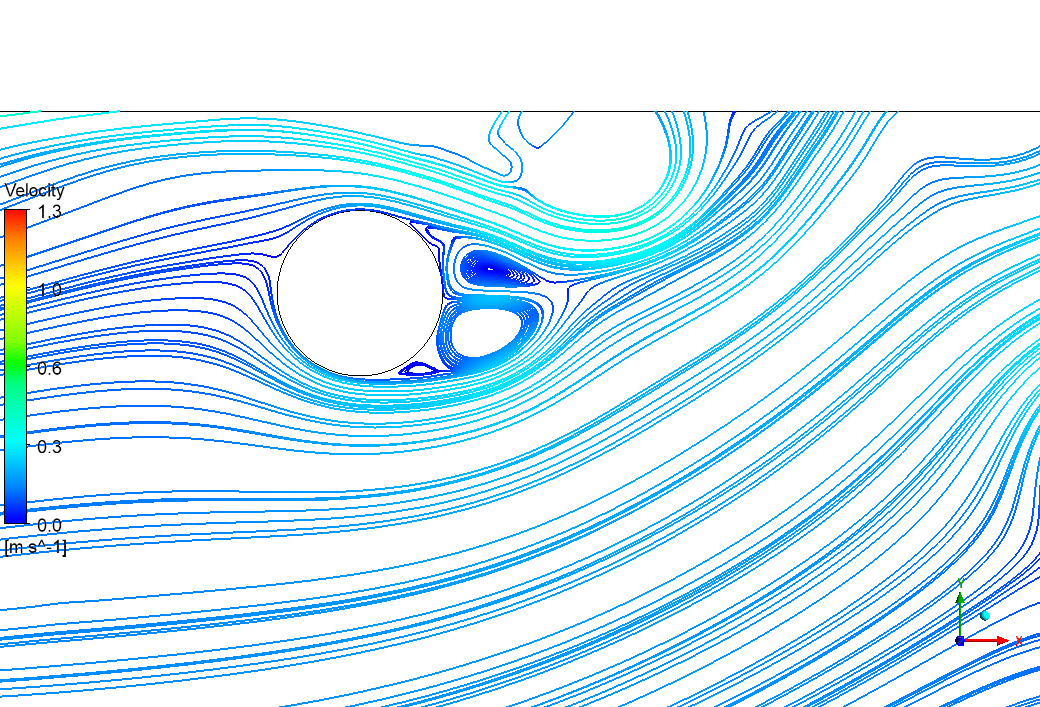

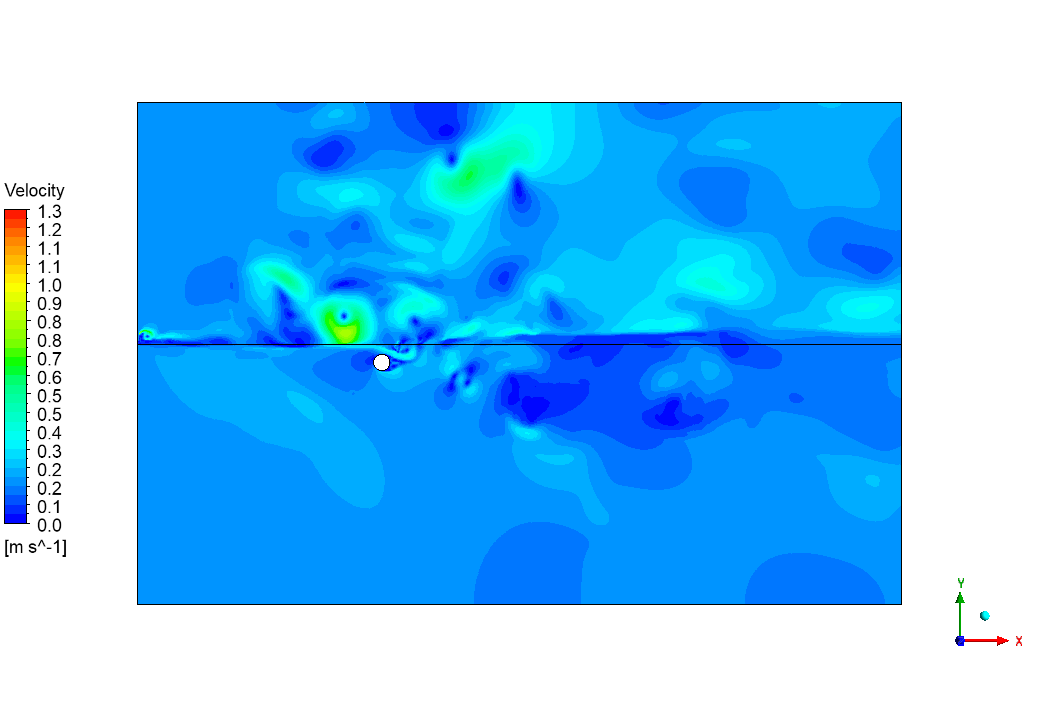





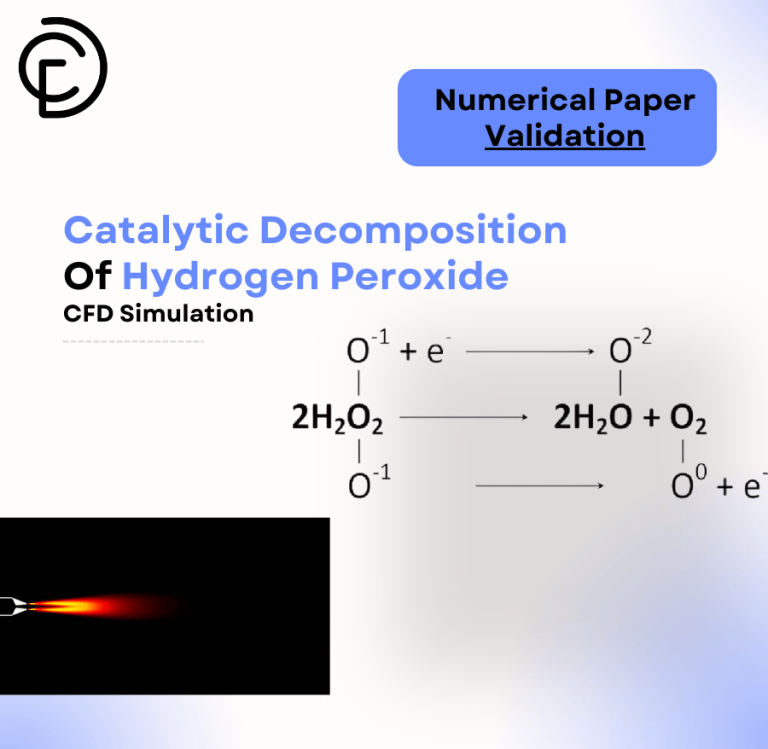
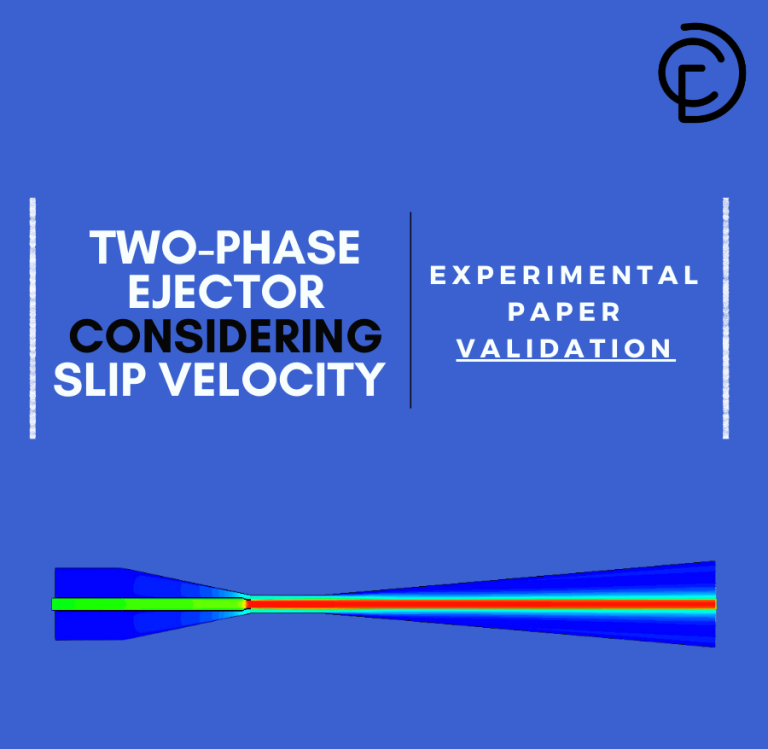
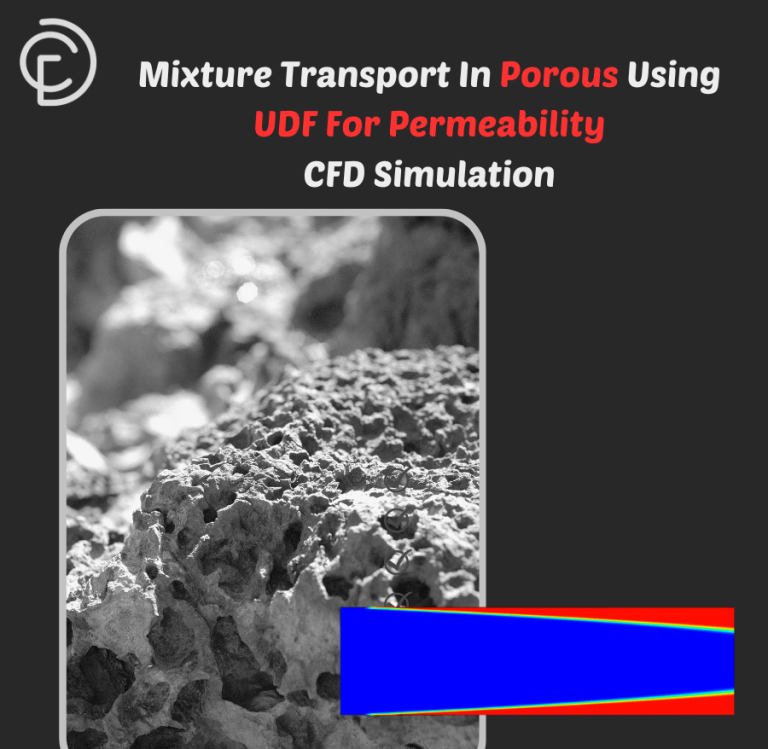
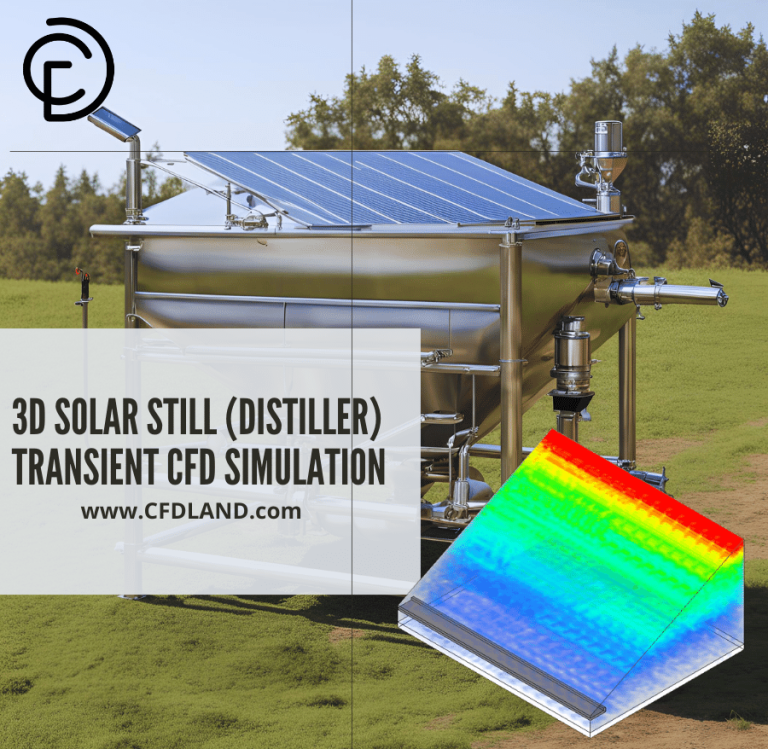

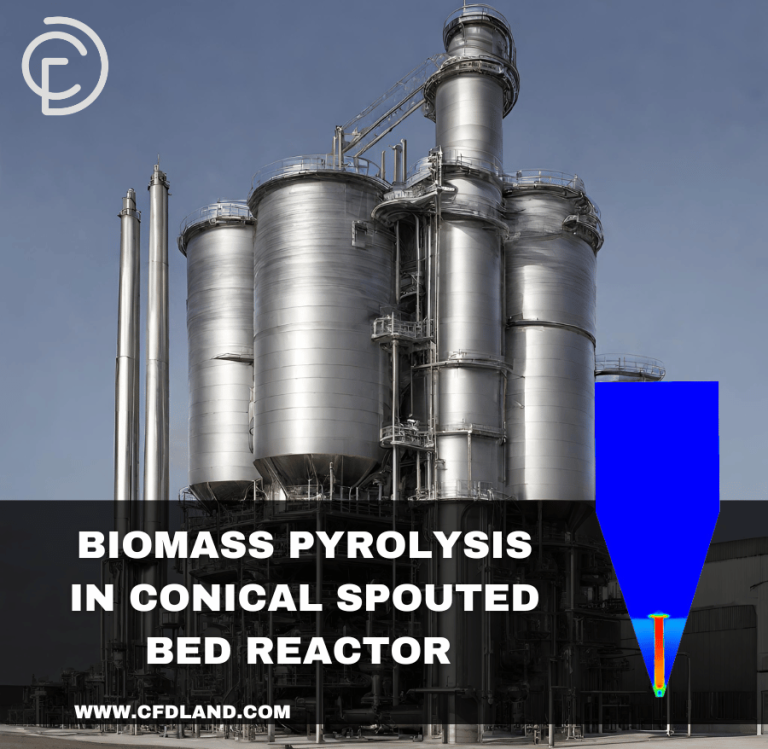
Reviews
There are no reviews yet.